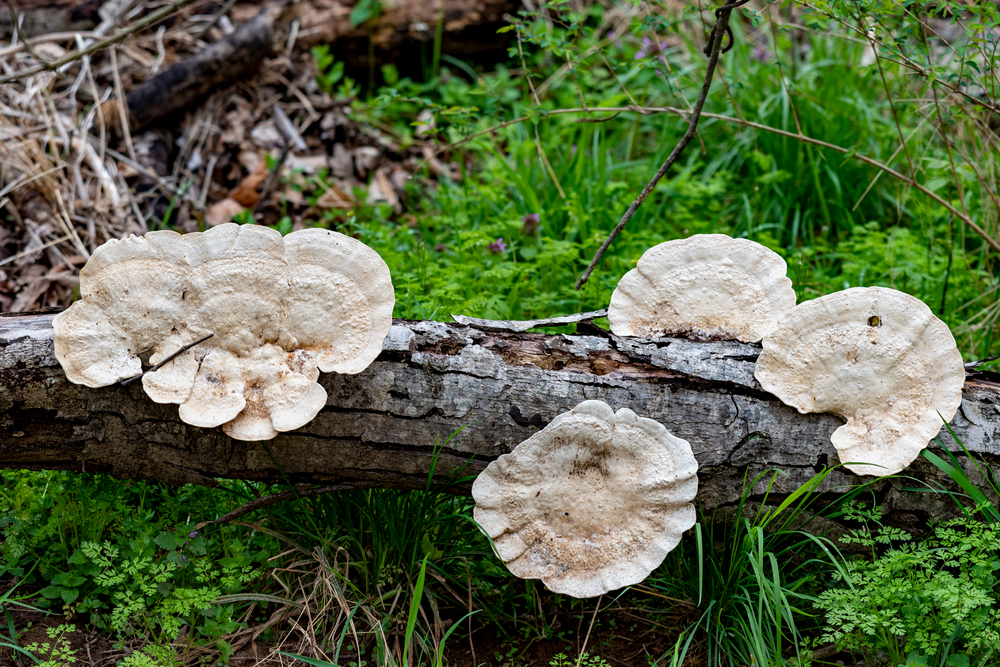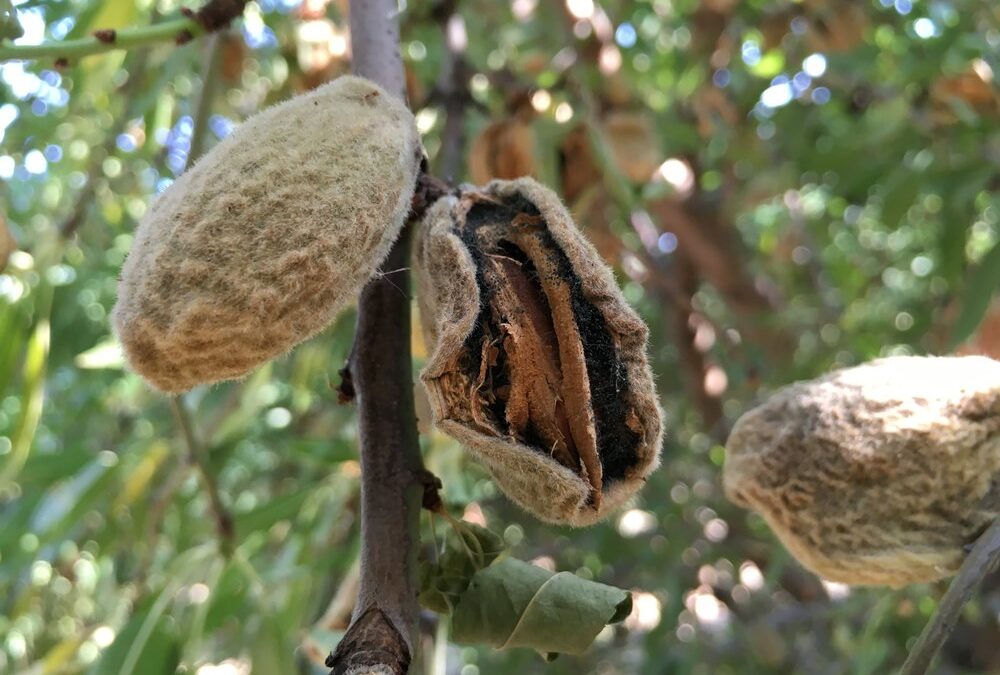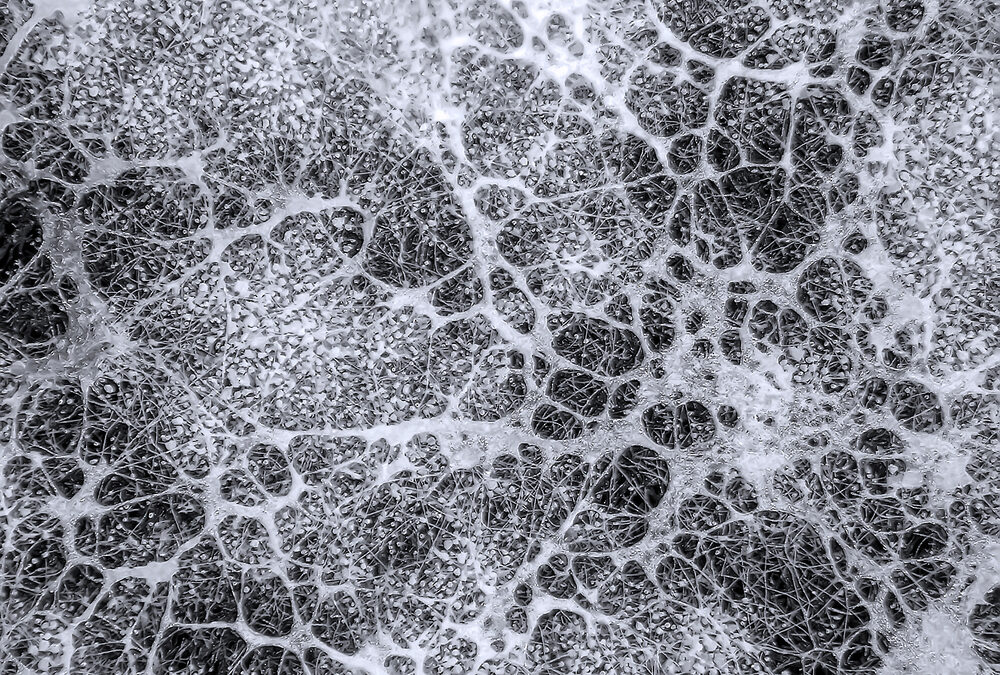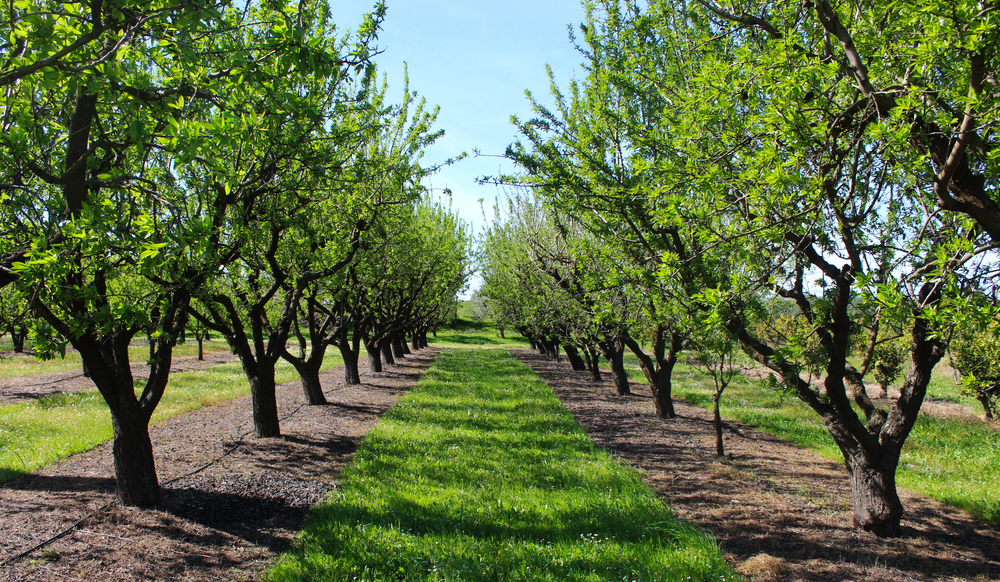
by Deac Jones | Jun 8, 2021 | News
Fungi’s impact on agriculture will continue to make great strides as we learn how to harness the capabilities of this unique resource. I think we’ll continue to see fungi play an expanding role in crop enhancement, whether that’s improving the composition of soils, mitigating soil toxins, acting as a pesticide, promoting root expansion or accessing greater quantities of water and nutrients.
Taking a deeper dive into white rot fungi, it’s documented that they produce unique extracellular oxidative enzymes that degrade lignin, as well as related compounds found in explosive contaminated materials, pesticides, and toxic wastes. All white rot fungi are basidiomycetes, a fungal group that includes edible mushrooms as well as plant pathogens such as smuts and rust. The white rot fungus that has been intensely studied is Phanerochaete chrysosporium.

by Deac Jones | Jun 1, 2021 | News
Like everything in life, plants are only as strong as their weakest metabolic link. In the case of plants, photosynthesis bottlenecks or the inability of the plant’s engine to fire on all cylinders can keep plants from reaching their full potential. Discovering ways to improve photosynthesis and water hydration can help to conserve water yet still transport nutrients, keeping plants healthy and metabolizing.

by Deac Jones | May 26, 2021 | News
Almond Hull Rot can be devasting for almond growers, and there haven’t been many decent options to control it. Organic growers are especially limited in what they can apply to address hull rot.
Hull rot is a general term for hull infection by one of several pathogens. The list of hull rot pathogens is growing, and now includes Rhizopus, Monilinia, Aspergillus, and Phomopsis. Hull rot is traditionally caused by Monilinia and Rhizopus. Aspergillus infections can lead to staining of the kernel and reduction in nut quality. The most susceptible varieties commonly planted include Nonpareil, Monterey, and Wood Colony.

by Deac Jones | May 12, 2021 | News
Although fungi have long been lumped together with plants, they are more closely related to animals. At a molecular level, fungi and humans are similar enough to benefit from many of the same biochemical innovations. When we use drugs derived from fungi, we are often borrowing a fungal solution and repurposing it within our own bodies. Fungi are pharmaceutically prolific and today we depend on them for many other chemicals besides the fabled penicillin. There’s cyclosporine, an immunosuppressant drug makes organ transplants possible, and statins, for lowering cholesterol. Taxol is just one of many anti-cancer compounds. And of course there’s alcohol, fermented by yeast. Sixty percent of enzymes used in industry are generated by fungi and 15% of all vaccines are produced by engineered strains of yeast. Citric acid is produced by fungi. Fungal solutions are also useful well beyond human pharmaceuticals. Fungi play a major role in agriculture, whether it’s reducing colony collapse in honeybees, treating heavy metals and toxins in soils (Andaman Ag has a great product for this application), mobilizing soil nutrients and trading them with plants for sugars and fats — we are only beginning to understand the intricacies and sophistications of fungal interactions.

by Deac Jones | May 6, 2021 | News
Humic substances such as lignin and charcoal are formed by the microbial degradation of dead plant matter. Among these substances are humic acids — complex molecules that exist naturally in soils, peats, oceans and fresh waters. Humic acid is not a single acid; rather, it is a complex mixture of many acids containing carboxyl and phenolate groups.






